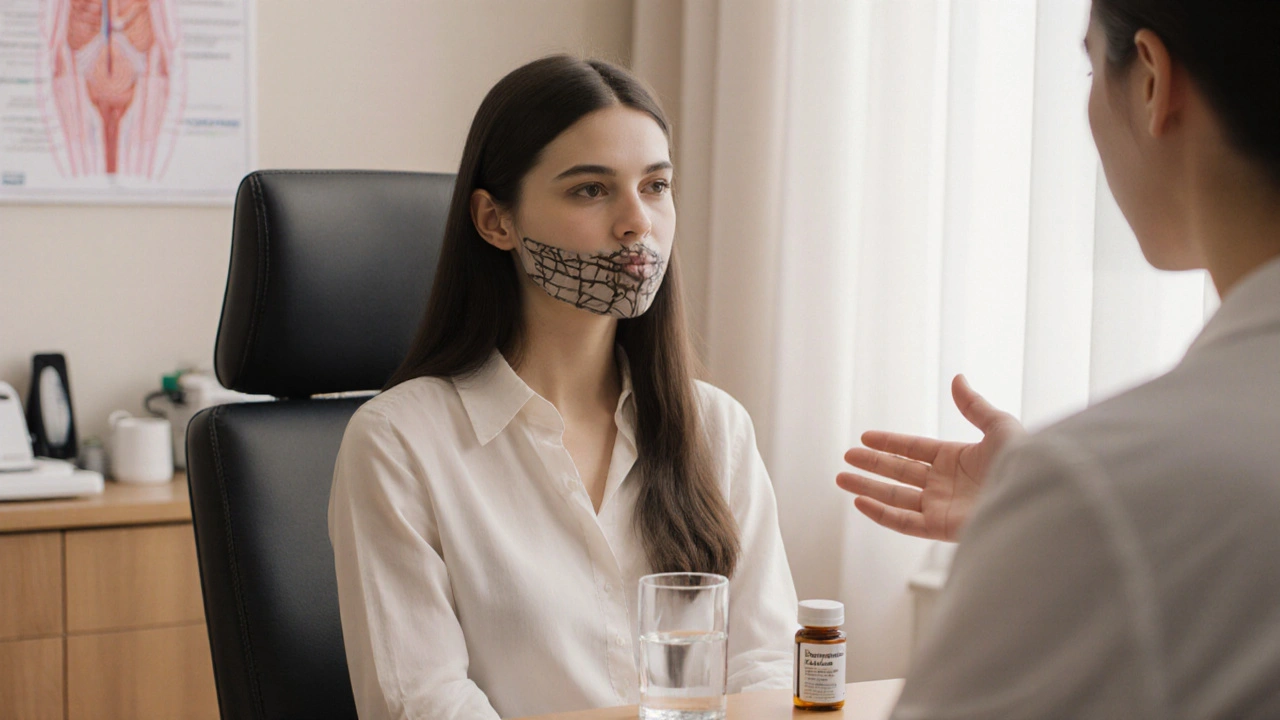Hirsutism Treatment: What Works and What to Expect
When dealing with hirsutism treatment, a set of medical and cosmetic approaches that reduce unwanted male‑pattern hair in women. Also known as excess hair growth therapy, it often blends hormone‑modulating drugs, topical agents, and light‑based procedures. Hirsutism treatment encompasses anti‑androgen medication, laser hair removal, and lifestyle tweaks that together target the root cause—usually excess androgen activity.
Key Therapies and How They Connect
One of the most prescribed drugs is spironolactone, a potassium‑sparing diuretic that also blocks androgen receptors. By reducing the effect of testosterone on hair follicles, spironolactone directly tackles the hormonal driver of hirsutism. Another widely used route is oral contraceptives, combined estrogen‑progestin pills that lower circulating androgens and increase sex hormone‑binding globulin. These pills create a hormonal environment that discourages new hair growth while often improving acne, a common companion issue.
For people seeking faster, visible results, laser hair removal, a light‑based technique that destroys hair follicles by targeting melanin offers a well‑documented option. The procedure requires specialized equipment and multiple sessions, but it bypasses the need for long‑term medication. Meanwhile, topical solutions like eflornithine cream act locally to slow the rate of hair production, providing a non‑systemic alternative that can be combined with other treatments.
All these methods share a common thread: they address either the hormonal stimulus or the hair follicle itself. As a result, a combination plan—often starting with anti‑androgen therapy (spironolactone or oral contraceptives) and followed by laser sessions—delivers the most balanced outcome. Below you’ll find a curated set of articles that dive into specific drugs, compare treatment options, and explain when each approach makes sense, giving you the practical knowledge to choose the right path for your situation.

